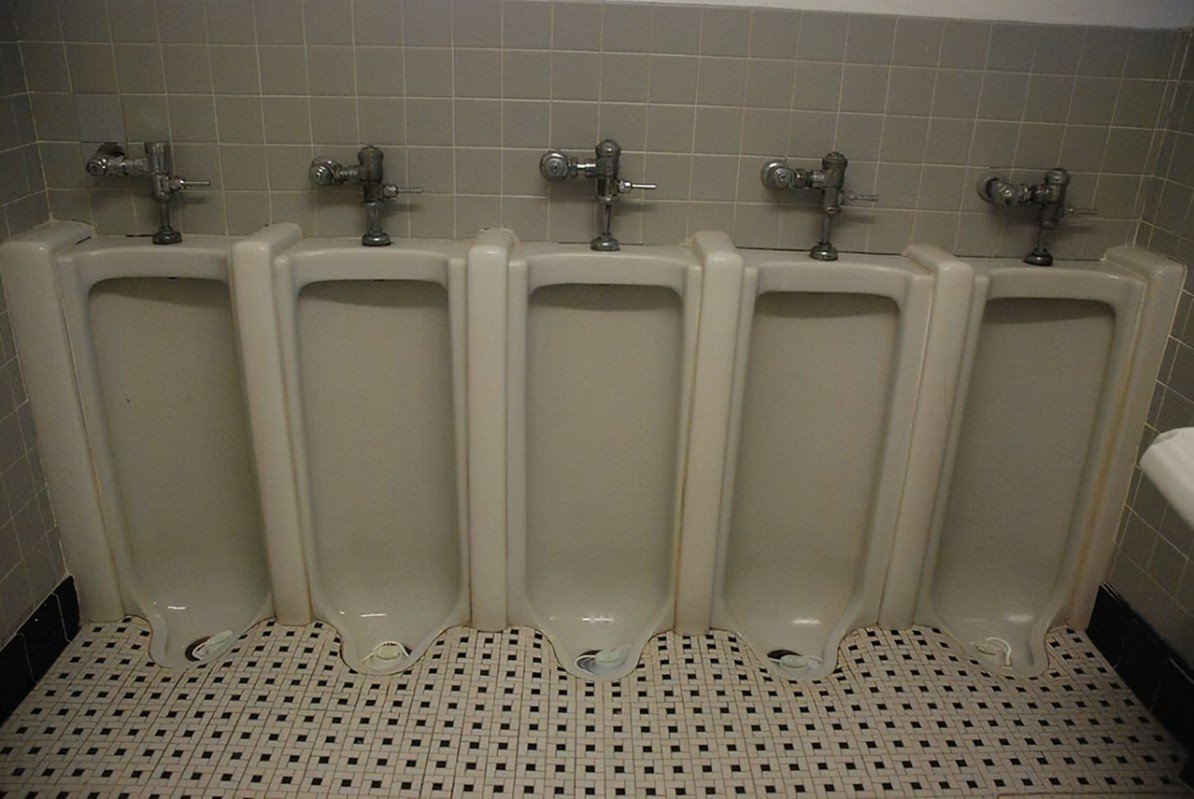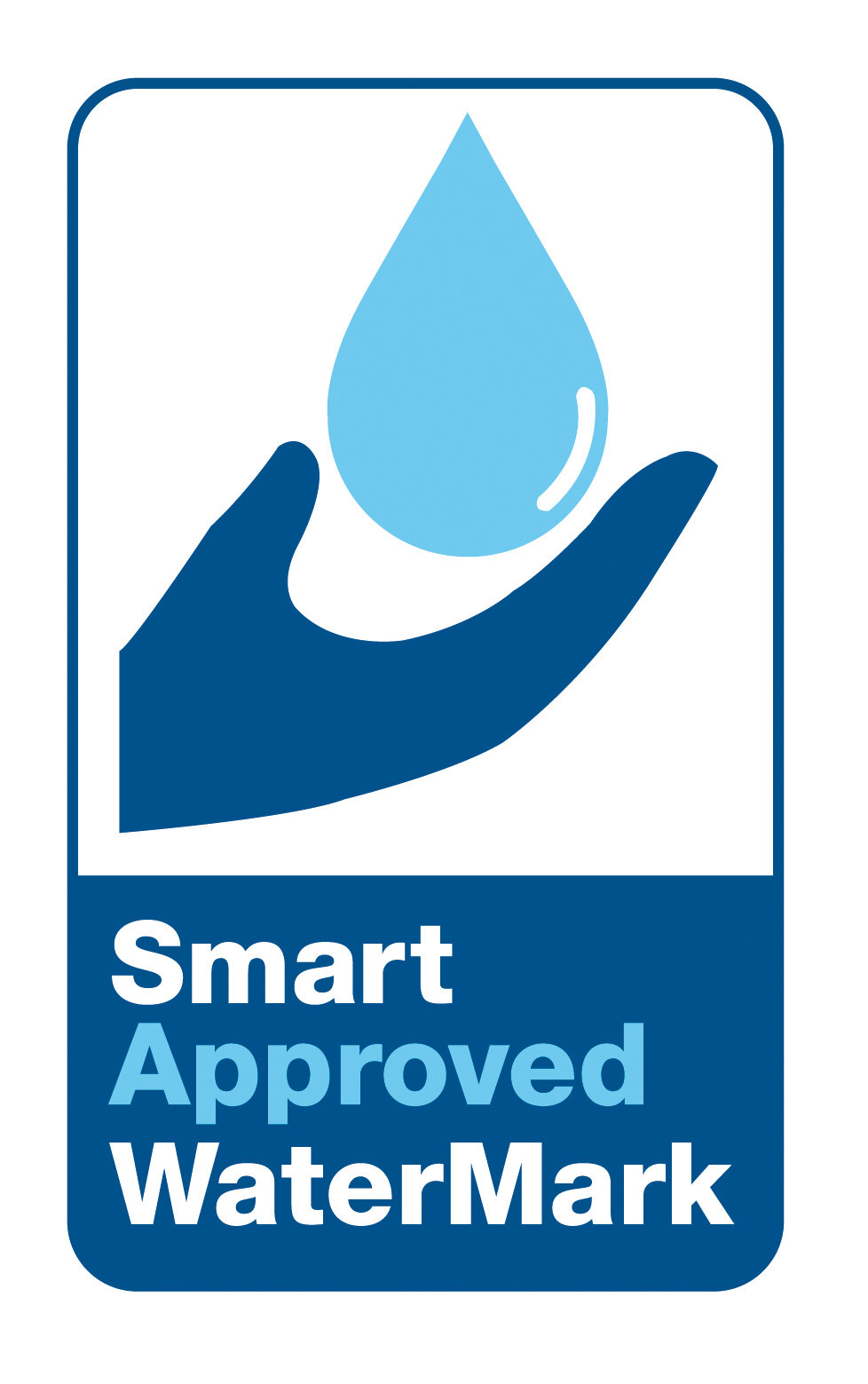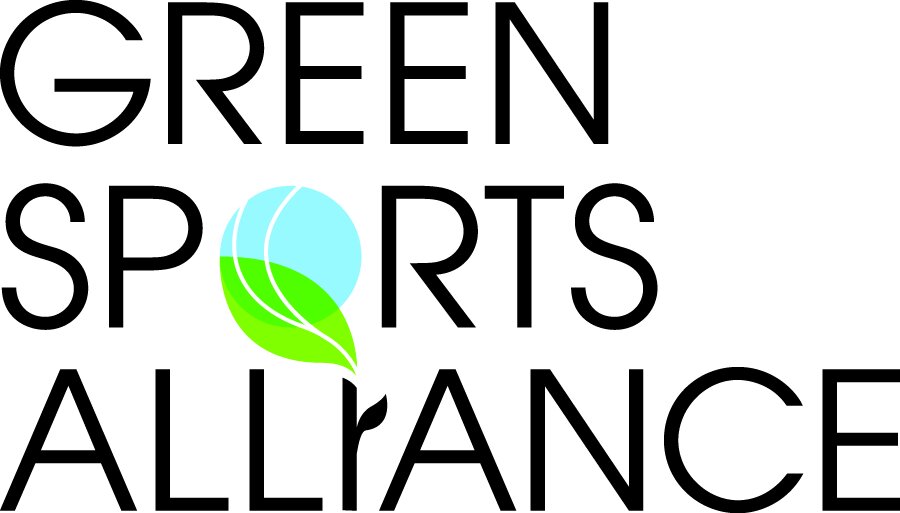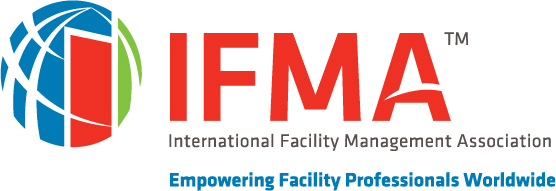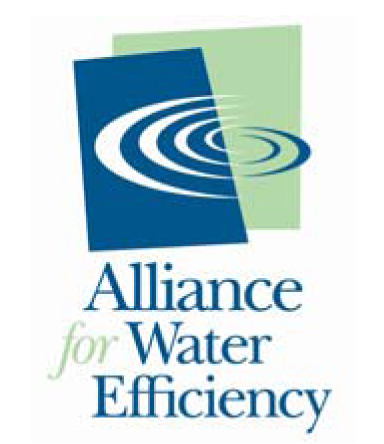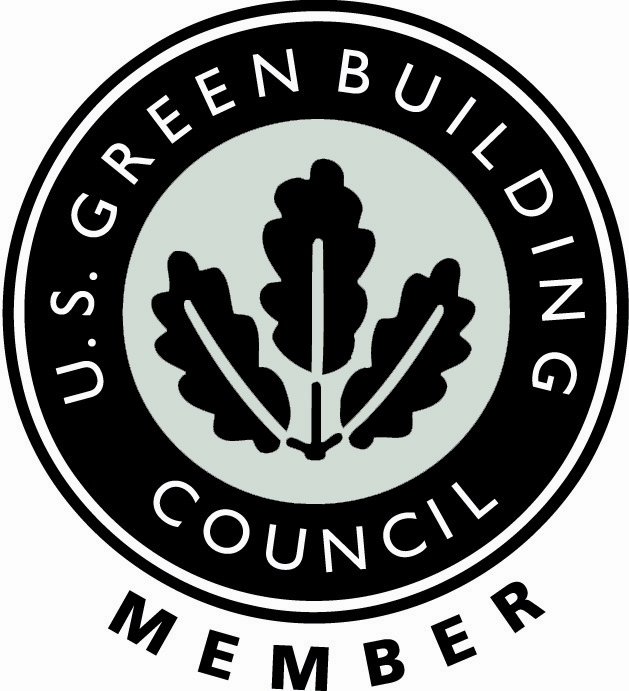We’ve got an absolute climate disaster on our hands here in the United States, and what amazes me is that it still gets only limited attention. No, I’m not talking about the drought in California — I’m talking about Salt Lake City.
The Great Salt Lake is drying up. It’s shrunk by two-thirds since the 1980s. At that time, the lake’s surface covered about 3,300 square miles. Jump ahead to 2022, and it covers less than 1,000 square miles.
Moreover, the lake’s salt content hovered around 9 to 12 percent in the 1980s. Today, it’s reached 17 percent, and herein lies the problem. Such a high salt content threatens the algae in the water, which also threatens the insects and brine shrimp that feed on the algae, and the lives of millions of native and migrating birds that depend on the lake’s water for food and habitat.
But even this isn’t the worst of it. The shrinking lake means more arsenic from the lakebed will be exposed. With high winds and storms, the arsenic will get into the air, threatening the lives of thousands of people living near the lake.
“We have this potential environmental nuclear bomb that’s going to go off if we don’t take some pretty dramatic action,” Joel Ferry, a Republican state lawmaker and lakeside rancher in Utah, told the New York Times.
A situation like this has already existed, but on a smaller scale. In 1913, Owens Lake, located on the eastern side of the Sierra Nevada Mountains in Inyo County, California, was purposely drained into the Los Angeles Aqueduct. Climate change or mother nature played no role.
What happened next is what is feared in Salt Lake City. At the bottom of the Owens lakebed was a morass — a mushy, muddy patch of ground. This morass contained noxious alkalis, carcinogens, arsenic, nickel, and cadmium. As it dried, this toxic mixture was stirred up by periodic winds and inhaled by nearby residents. It was estimated that at one time, as much as four million tons of this dust was in the air. How many people died or were sickened by this, we do not know. However, it was considered a calamity at the time.
Getting back to the Great Salt Lake, what can we do to address this problem? What’s obvious is that the lake needs more water. Just recently, Utah Governor Spencer Cox issued an executive order to use a melting snowpack to help fill the lake. “The Great Salt Lake is crucial to our environment, ecology, and economy, and we must do everything we can to protect it,” the governor said in a written statement.
“We’ve been blessed with a significant snowpack so far this winter, and this executive order will allow the state to move quickly to increase the lake level in the south arm by capturing spring runoff. We don’t want to miss this opportunity to safeguard the lake.”
However, there’s an elephant in the room that the governor and other public officials are trying to ignore. While the governor is happy to report “significant snowpack so far this winter,” the reality is that Utah has been getting less moisture for years and often experiences drought conditions.
“Utah is a semi-arid state, and its water future is one of the most significant challenges facing us today,” according to the Utah Department of Natural Resources. “It is our belief that we will meet the future water needs through a combination of multifaceted solutions that include conservation, efficiency, optimization, agriculture conversion, and water development.”
The key word here is efficiency. Using water efficiently refers to installing low-water-using fixtures and mechanicals that use less water or no water at all compared to traditional ones. The perfect example is waterless urinals, now being installed in Utah and around the country.
Today, we are seeing virtually every manufacturer of water-using products, whether for the home or industry, develop systems that use less water.
This tells me that our future water challenges can be addressed, and water efficiency is the answer.







